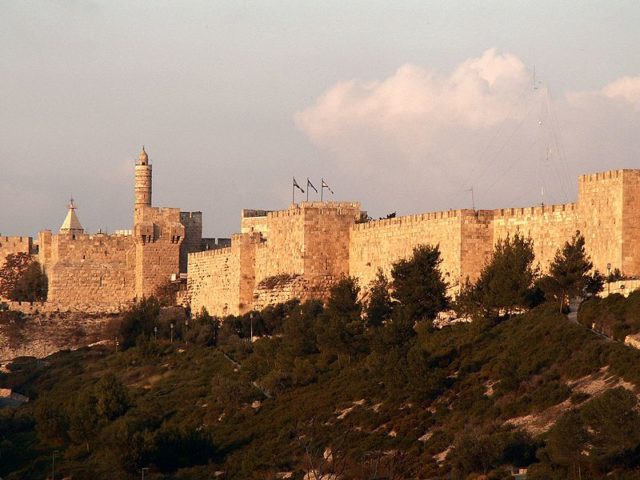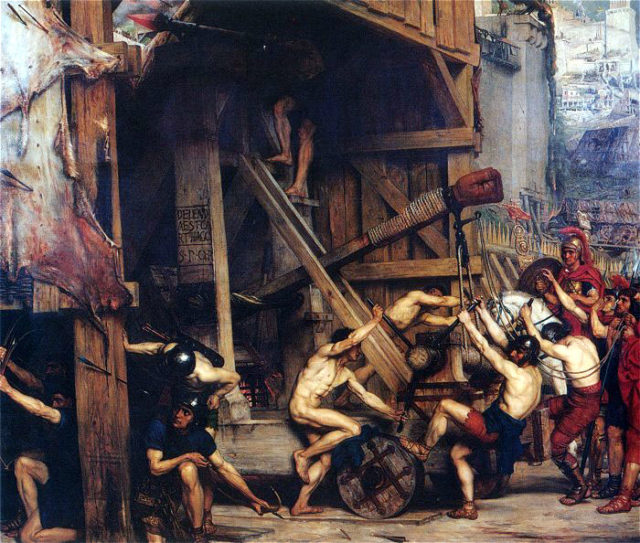Archaeologists state they’ve discovered proof of a battlefield from the Roman emperor Titus’ siege of Jerusalem in 70 AD.
Recent unearthings have unveiled a section of the “Third Wall” of Jerusalem that Titus’ army breached on their way to conquering the city. This was according to the Israel Antiquities Authority (IAA).
Outside of the wall, archaeologists discovered the ground was littered with large ballista stones (these stones were used as projectiles with a kind of giant crossbow) and sling stones. This suggests the area was under heavy fire from the Roman siege engines.

These archaeological remnants were excavated last winter, where the campus of the Bezalel Academy of Arts and Design is to be constructed. This is an area of the city that is known today as the Russian Compound.
Kfir Arbib and Rina Avner, who work for the IAA, stated that this is a fascinating testimony to the bombardment by the Roman Army guided by Titus.
They were on their way to conquer the city and to destroy the Second Temple. This bombardment had been planned to attack the sentries that were guarding the wall.
This was to cover the Roman forces so they could approach the wall with battering rams to breach the defense of the city.
Historian Flavius Josephus was an eyewitness to the war and wrote the seminal account of the Roman siege of Jerusalem. This included key information about the Third Wall.
Josephus stated that the wall was made to protect a neighborhood known as Beit Zeita, constructed outside the city’s boundaries at that time. The building was started by Agrippa I, King of Judea, and had been completed two decades later to help close in the city as Jewish rebels were prepared to revolt against Rome in 66 AD.

In the end, the uprising against Rome failed, and in 70 AD the Romans took back Jerusalem and exterminated most of the city, including the Second Temple.
The freshly uncovered portion of the wall is 6.2 feet wide. Pottery that was found at the site suggests that this battlefield dates to Roman times, as stated by the archaeologists. They also found the remnants of a watchtower along the wall.

These new discoveries could help settle some debate about the exact place of the Third Wall that have been going on ever since archaeologists Edward Robinson alleged to have discovered part of it in the year 1838.
The finding will be presented next week at the New Studies inside the Archaeology of Jerusalem and its Region conference.
